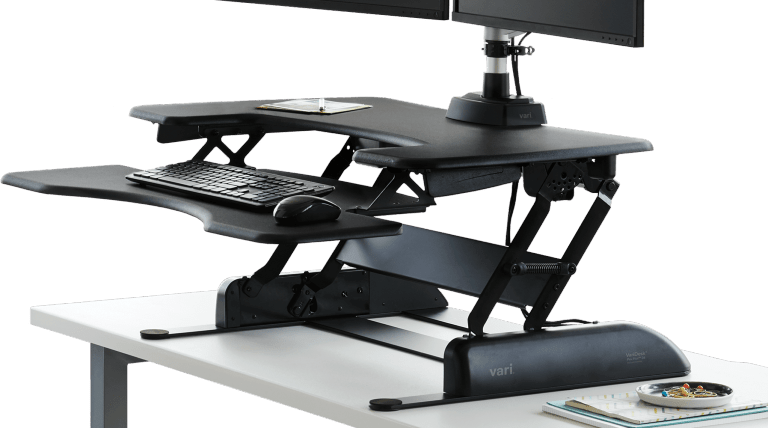How to set up your work from home office with a standing desk
Transforming Work Habits: My Shift to a Standing Desk
Over the past five years, my career has taken me through intense roles—from being a Senior Data Scientist Manager at Apple to diving into the entrepreneurial world as the founder of instamentor.com and sqlpad.io. This journey involved countless hours in front of a computer, which gradually took a toll on my body posture. I started noticing increased tightness in my upper body and even experienced frequent pain.
Concerned about these developments, I embarked on a quest to find a solution, which led me to purchase a standing desk from Costco. This guide is designed to help you navigate the process of selecting, setting up, and optimally using a standing desk to mitigate similar health issues.
Choosing the Right Standing Desk
After trying and returning several models due to stability issues, I settled on the Apex Standing Desk from Costco. What sets this desk apart is its sturdy build quality—it remains stable even at maximum height, unlike others that wobble significantly.
Priced at about $600 plus tax, this desk represents a substantial investment, but its benefits have justified every penny. If the price point is a concern, alternatives like desk converters or standing desk risers offer a cost-effective way to adapt your existing workspace without the full investment in a new desk.
Photo: VariDesk
Setting Up Your Standing Desk
To optimize the ergonomic benefits of your standing desk, it’s crucial to adjust it to the correct height. Your arms should be at a comfortable angle by your side, allowing your shoulders to relax naturally.
The simplest method to determine the ideal height is to use a standing desk height calculator. Remember to account for the thickness of your footwear when setting the desk height.
| Your height | Standing Desk's lift height (inches) |
|---|---|
|
5' 1 |
37 |
|
5' 2 |
37.5 |
|
5'3 |
38 |
|
5'4 |
39 |
|
5'5 |
39.5 |
|
5'6 |
40.5 |
|
5'7 |
41 |
|
5'8 |
41.5 |
|
5'9 |
42.5 |
|
5'10 |
43 |
|
5'11 |
43.5 |
|
6' |
44 |
|
6'1 |
44.5 |
|
6'2 |
44.5 |
|
6'3 |
46 |
|
6'4 |
47 |
It’s important to personalize your setting to ensure maximum comfort and effectiveness.
Optimal Keyboard and Monitor Placement
After adjusting the height of your standing desk, the next step is to set up your keyboard and monitor correctly:
- Your keyboard should be positioned to allow your elbows to bend at about 90 degrees, ensuring that your wrists remain straight while typing. This can often be achieved by adjusting the tilt of your keyboard tray.
- Position your monitor at eye level to avoid tilting your neck upwards or downwards, which can lead to strain. A slight tilt of 10-20 degrees is acceptable depending on your viewing comfort.
- Maintain a healthy distance from the screen, typically arm’s length, to reduce eye strain and support proper posture.
Proper setup of your workstation is not just about comfort—it's about preventing long-term health issues related to poor posture and ergonomics. Whether you’re coding for hours or crunching data, a well-adjusted standing desk can make a profound difference in your workday and overall well-being.
Embracing these changes not only enhances your immediate comfort but also protects your long-term health, reducing the risk of chronic pain and increasing both productivity and job satisfaction.







